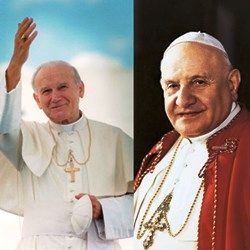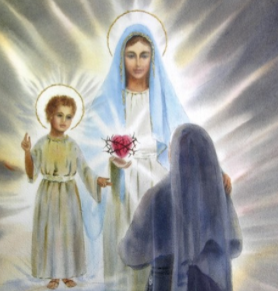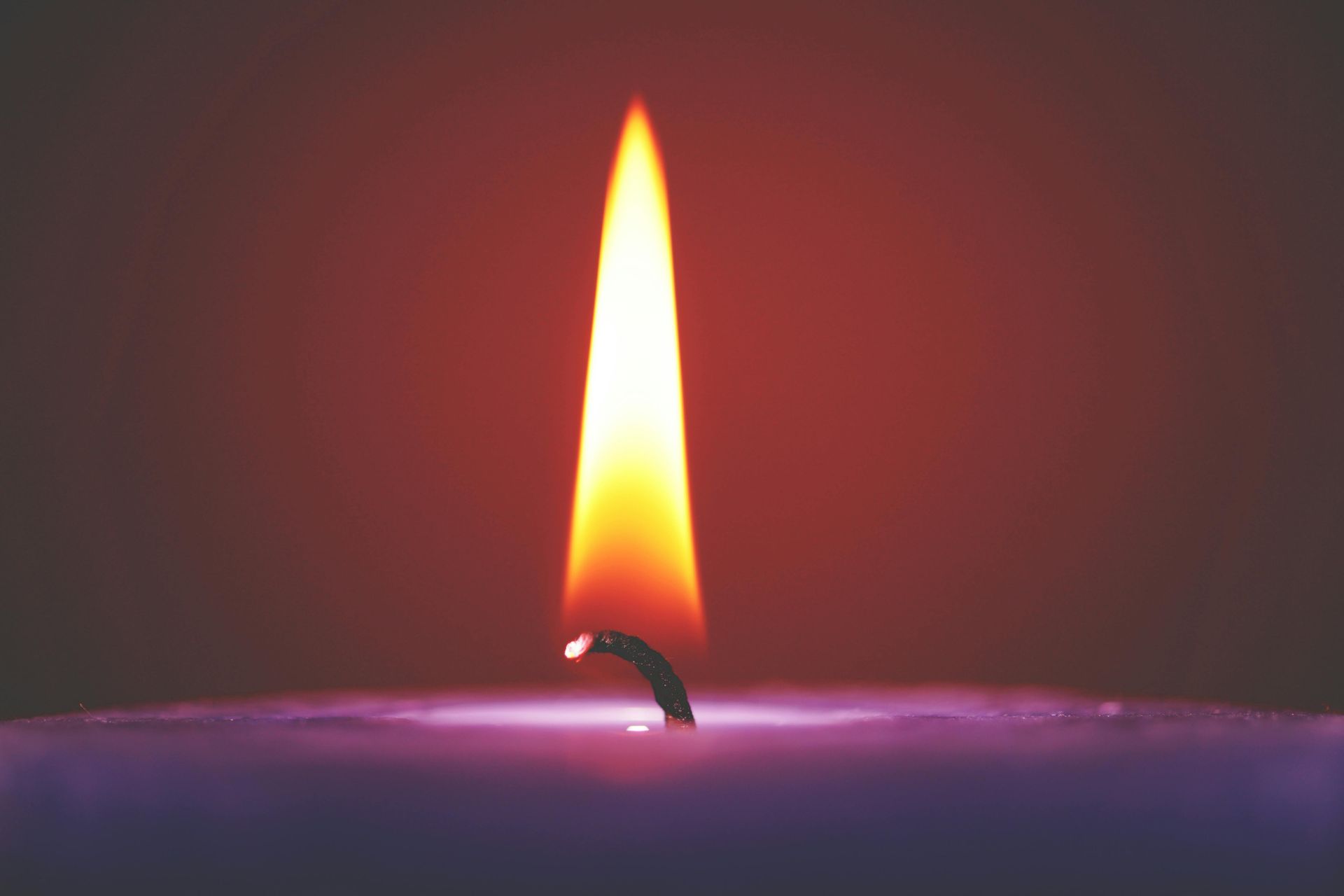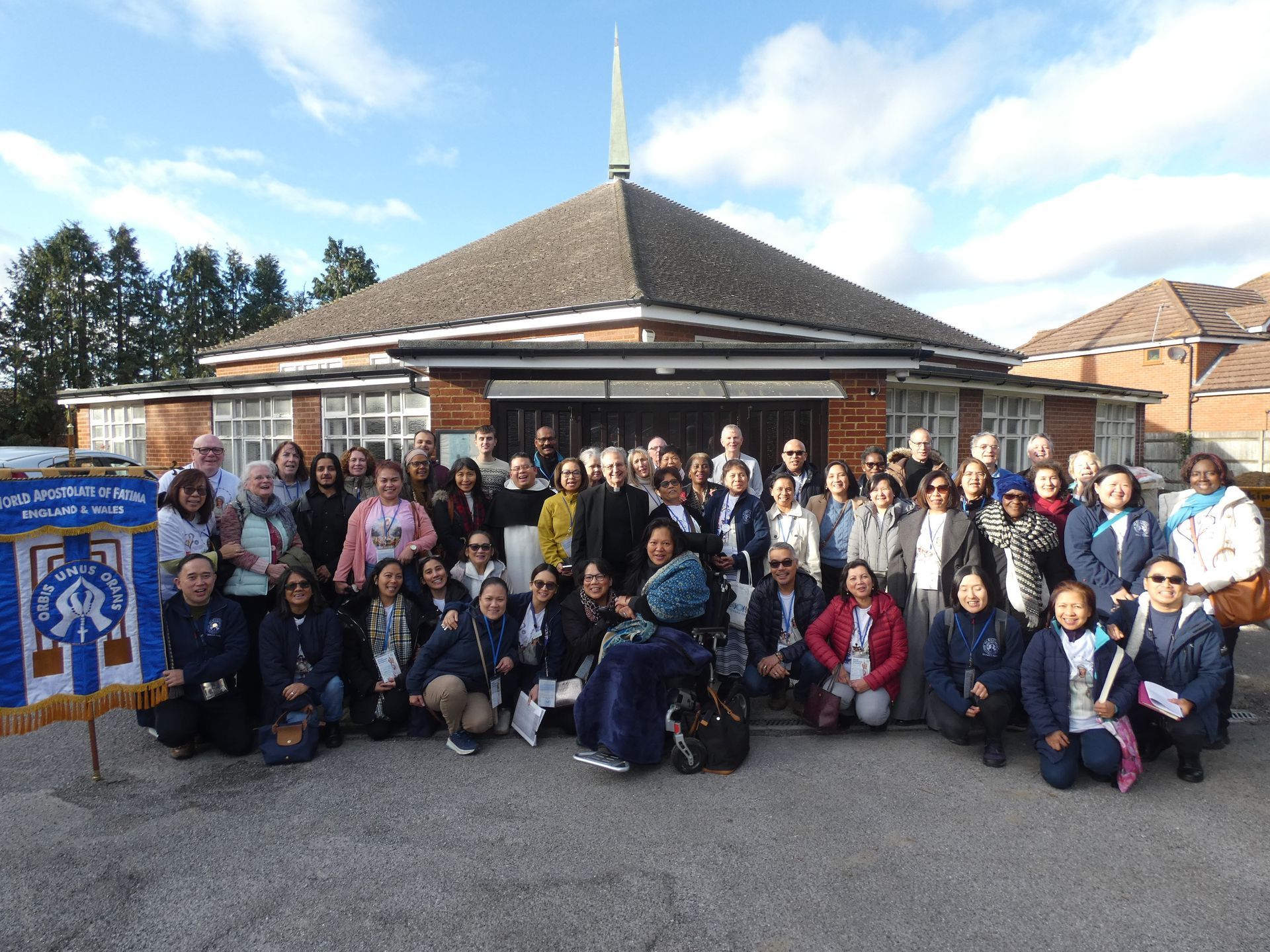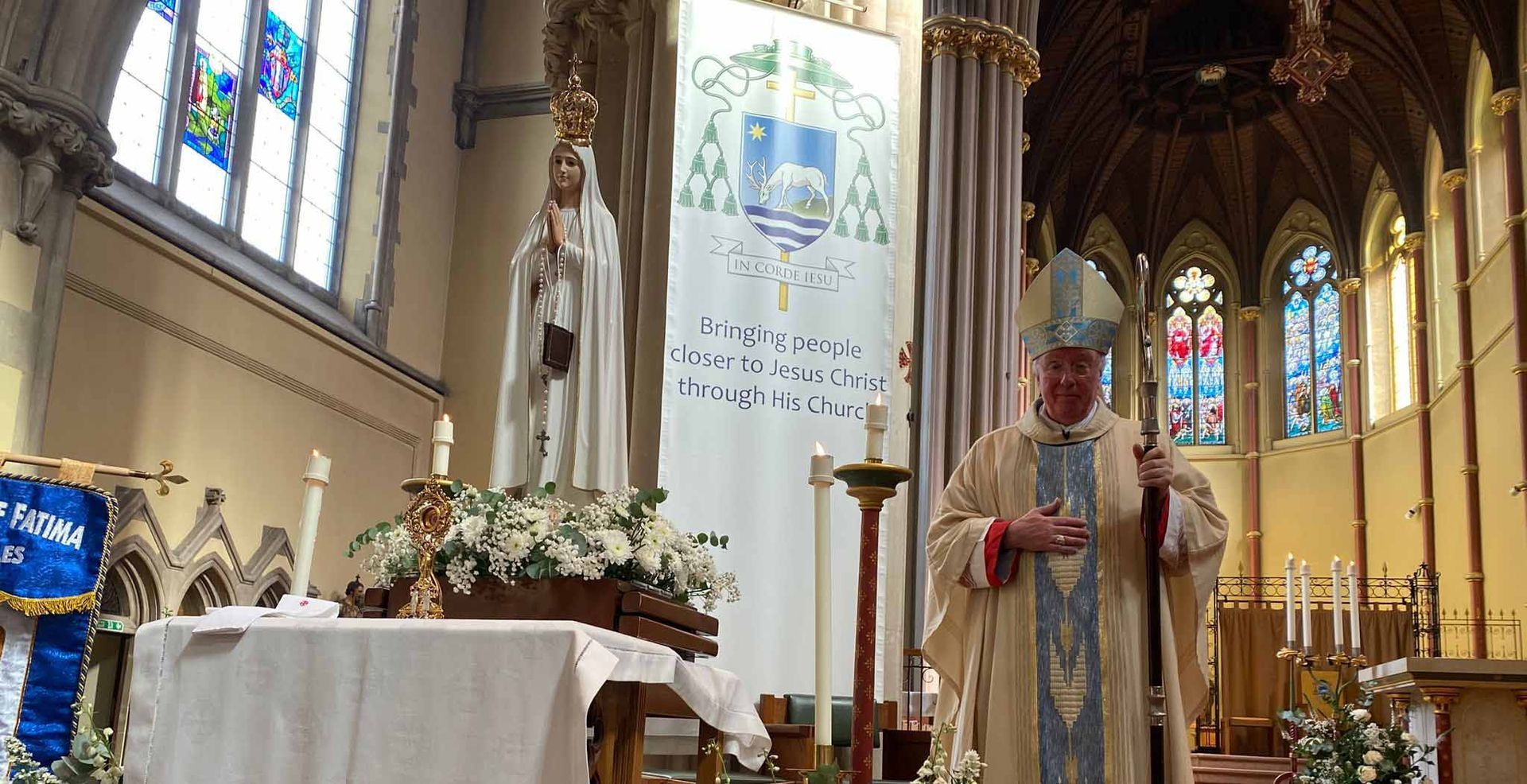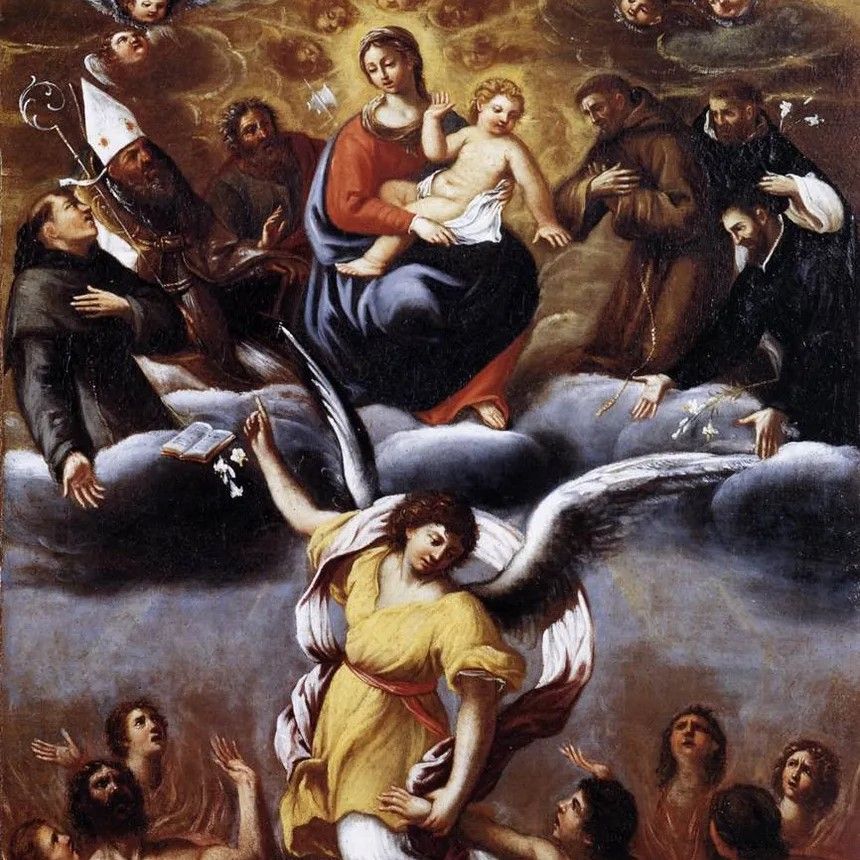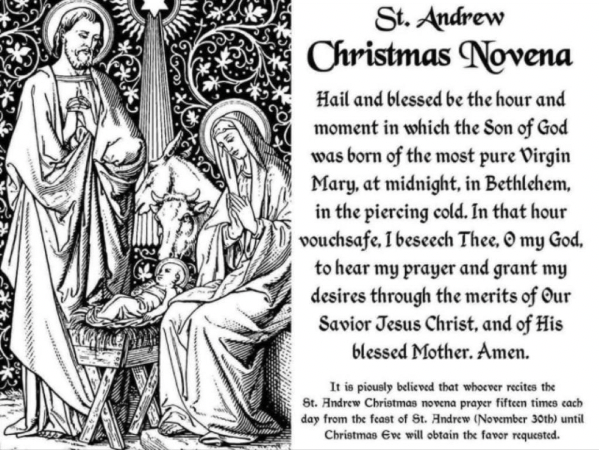By Donal Foley
•
December 1, 2025
Advent: Preparing through Prayer for Christmas Last weekend, we celebrated the First Sunday in Advent, our yearly time of preparation for Christmas. The season of Advent is primarily about the birth of Christ in Bethlehem, two thousand years ago, his first Coming into the world, but it also looks forward to Christ’s second coming at the end of time. In both cases it is a question of a time of anticipation, as we look forward to the celebration of Christ’s first coming in humility and silence – a coming which is repeated for us each year at Christmas – and then more remotely look forward to his final coming in great glory and power. As we advance through the Advent season, we are called to go deeper into the mystery of Christmas, into a greater and more meditative spirit of silence. This has always been difficult, but the modern world, with all its noise and activity, especially as Christmas Day approaches, makes this effort at prayer even more difficult. Some of this activity is of course necessary, but as a whole it can become a distraction as we prepare for Christmas. Our lady and St Joseph set out for Bethlehem for the Emperor’s census with an attitude of silent expectation. It would be good to imitate them as we get closer to Christmas Day and resist the temptation to get so involved in preparations that we lose sight of the whole reason for the celebrations in the first place. Just imagine how the Blessed Virgin must have felt as she rode along on the donkey, with St Joseph at her side, on the rough roads towards Bethlehem. The unborn Child Jesus was in her womb, and she was filled with the Holy Spirit and with a longing for the time of His birth. The Angel Gabriel had told her marvellous things about the Child – that he would be great and the Son of the Most High, that he would inherit the throne of his ancestor David and rule over the House of Jacob for ever. But that was all in the future, and for now, she and St Joseph were poor travellers quietly making their way southwards from Nazareth to Bethlehem. As they journeyed along, they Blessed Virgin would have had time to ponder what the Angel had told her in the light of what she must have known from the works of the Hebrew prophets in the Scriptures. And so she could meditate on the joyous aspects of the forthcoming birth of her Child, just as we do in the joyful mysteries of the Rosary. It was strangely providential that once they arrived there was “no room at the inn,” since that would have provided no privacy for the Holy Family, at the very time when they needed a refuge from the world’s noise. Instead, they sheltered in the cave on the outskirts of Bethlehem away from the bustle of the town. And so, despite the hardships of the journey, and the poor reception they received in Bethlehem, this was a time of joyful contemplation for Mary. This ought to be the key, then, as to how we celebrate the days leading up to Christmas Day, that is in union with Our Lady and St Joseph in an attitude of prayerful expectation and love, pondering in silence the awesome events that are to unfold before us in the liturgy, just as they occurred in real life all those centuries ago. In a practical sense, this means we should set aside some time each day from now until Christmas, to quietly and prayerfully reflect on some aspect of the story of the Nativity. A good way to do this would be to take the readings from the Daily Mass and carefully meditate on them each day. Another way would be to read some pages every day from a Fatima book such as Fatima in Lucia's own words , or Sr Lucia's Calls book . Or there are some Advent & Christmas Prayers & Reflections online here: https://mycatholic.life/advent/ Even if we could only spend five or ten minutes each day in prayer or meditation, it would surely have a very beneficial effect, and this effect would be further enhanced if we could also call to mind the main themes of each day’s reading, or our meditations, from time to time during the day. If we can do that, then, by Christmas day, we will be in a much better spiritual condition to prayerfully contemplate, along with Our Lady and St Joseph, the newborn Child in the manger and come to a better understanding of his love for us.

